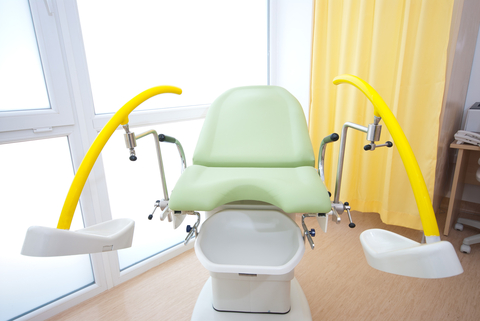This article is the second in a series I’m going to be writing highlighting testimonies from clinic workers and abortion doctors that have appeared in various publications.
An article in the Boston Globe in 1997 entitled “A Nurse Wonders” gave an interview with a former abortion clinic worker whose name was not given.
The former clinic worker, a mother of three, was employed as a school nurse at the time when the article was written. Her job at the abortion clinic was in the past. However, she still struggled with the emotional burden of what she had been involved in. The author of the piece described her as being “a woman of memory, conscience and deep regret.”
The clinic worker says in the article:
“I worked in the autoclave room. That is where they sterilize the trays and the instruments after the procedure…
“When the doctors finished, they would bring in a small metal tray. There would be a plastic container as well as the instruments used to perform the abortion on the tray. The instruments are called dilators. They are long metal sticks that are wider toward the end. Obviously, they are used to dilate the women.
“My job was to sterilize the instruments.”
In addition to sterilizing instruments, the clinic worker had to handle the remains of aborted babies.
“then I would take the plastic container, which was filled with formaldehyde along with what they refer to as ‘the product of conception,’ and label it before sending it out to some lab.
“After each abortion, the doctor would bring the tray to me, wrapped in sterilization paper, to be washed and labeled. I would clean the trays and utensils for the next procedure.”
The clinic worker was not very explicit about what these “products of conception” looked like, but we know from testimonies by other clinic workers such as Jewels Green, that many times these remains were recognizably human. Jewels Green said the following about examining “products of conception”:
“For abortions from about 8 1/2 – 12 weeks, this meant counting hands and feet, making sure the spine and ribcage and skull were present, you get the idea.”
The clinic worker in the Boston Globe also revealed that the clinic she worked at broke the law in several respects.
“We were not supposed to perform abortions past 12 weeks. But it would, and did, happen that some women were aborted at 16 to 20 weeks. “When that would happen, I would find that the tray contained blood, tissue and bone. That happened quite a lot and anyone who says it doesn’t is lying.”
This is not the first time I have read an account by a former clinic worker of clinics performing abortions later than they advertised, and, in some cases, later than the law allowed. It’s hard to say how common this phenomenon is, but it definitely makes one wonder if the published statistics on the gestational ages of abortions are accurate. The Alan Guttmacher Inst. publishes statistics every year documenting how many abortions were done the year before and at what gestational ages. These statistics are reported by the abortion providers themselves on a voluntary basis. One wonders if some of these clinics are fudging the numbers.
Another area where the clinic was lax on following medical protocol was in disposal of the fetal remains. According to the article:
“What would you do?” she [the clinic worker] was asked. “With the tissue, bone and blood?” she wanted to know. “Right,” she was told.
She responded with a sigh
“I’d dump it in the sink, Just like it was a disposal.”
It is tragic that these children, after being killed, were disposed of in such a callous manner, their remains flushed into the sewer system. Not to mention the fact that the disposal of any kind of human tissue or surgical remains in such a careless manner violates all existing medical standards and laws. In addition, the practice of disposing of aborted remains without sending them to the pathologist puts the woman in danger. The only way to be certain that no parts of the baby or placenta are left behind is to examine the tissue carefully in a pathologist lab. Any shred of tissue, no matter how small, could cause an infection. Infections of this type can be serious, even fatal.
The clinic worker describes how she felt the first time she saw the aftermath of one of these abortions:
The first time I saw it, I said, ‘Oh my God!’ And then I washed it away down the sink.
Her last statement is poignant.
“Tissue, bone and blood,” she repeated. “That’s not life?”
It is clear that this woman is haunted by her time in the abortion industry. Her testimony shows the horror of the abortion procedure, the willingness of clinics to cut corners and break the law, and the emotional distress clinic workers can feel, even long after they have left their jobs.







